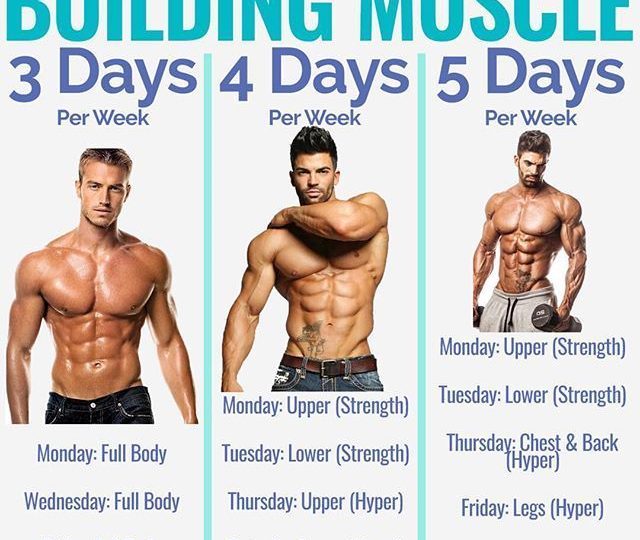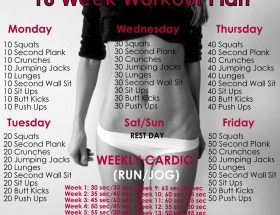When it comes to strength training, there are two main approaches: full-body workouts and split routines. Both methods have their benefits and it ultimately comes down to personal preference and specific fitness goals. In this article, we will explore the differences between these two training styles and help you decide which one may be more suitable for you.
Full-Body Strength Training
Full-body strength training involves targeting all major muscle groups in a single workout session. This means incorporating exercises that engage your upper body, lower body, and core muscles. The advantage of this approach is that it allows for a more efficient use of time, as you are able to work all muscle groups in one session. Additionally, full-body training can be beneficial for beginners or those with limited time to dedicate to their workouts.
When designing a full-body workout, it is important to include compound exercises that engage multiple muscle groups simultaneously. Examples of compound exercises include squats, deadlifts, bench press, and pull-ups. These exercises not only help build overall strength but also improve functional movement patterns.
Another advantage of full-body training is the potential for greater caloric burn during and after the workout. Since you are engaging multiple muscle groups, your body requires more energy to perform the exercises. This can contribute to increased fat loss and improved overall body composition.
Split Routines
Split routines, on the other hand, involve dividing your training sessions into specific muscle groups or movement patterns. For example, a common split routine is focused on training the upper body on one day and the lower body on another day. This approach allows for more targeted training of specific muscle groups and can be beneficial for individuals looking to improve specific areas or address imbalances.
With split routines, you have the freedom to dedicate more time and volume to each muscle group during each session. This can be particularly advantageous for advanced lifters or individuals with specific fitness goals, such as hypertrophy (muscle growth) or strength gains in specific areas.
One drawback of split routines is the potential for overtraining if not properly managed. It is crucial to allow for adequate recovery time between workouts targeting the same muscle group. It is also important to ensure that each muscle group is being trained with sufficient intensity and frequency to stimulate progress.
Choosing the Right Approach
Ultimately, the choice between full-body strength training and split routines depends on several factors, including your fitness goals, lifestyle, and personal preferences.
If you are a beginner or have limited time, full-body strength training can be an excellent option. It allows you to work all major muscle groups in a short amount of time, providing a well-rounded workout. Full-body training is also effective for fat loss and overall body conditioning.
On the other hand, if you have specific muscle groups you want to focus on or are aiming for advanced strength and hypertrophy goals, a split routine may be more appropriate. This approach allows for targeted training and the ability to prioritize certain muscle groups during each workout.
Conclusion
Whether you choose full-body strength training or split routines, the most important aspect is consistency and progressive overload. Regularly challenging your muscles with appropriate resistance and allowing for adequate recovery time is key to achieving your fitness goals.
Ultimately, the best approach is the one that you enjoy and can stick to in the long term. Experiment with different training styles and listen to your body to find what works best for you. Remember to consult with a fitness professional to ensure that your chosen training approach aligns with your individual needs and abilities.








